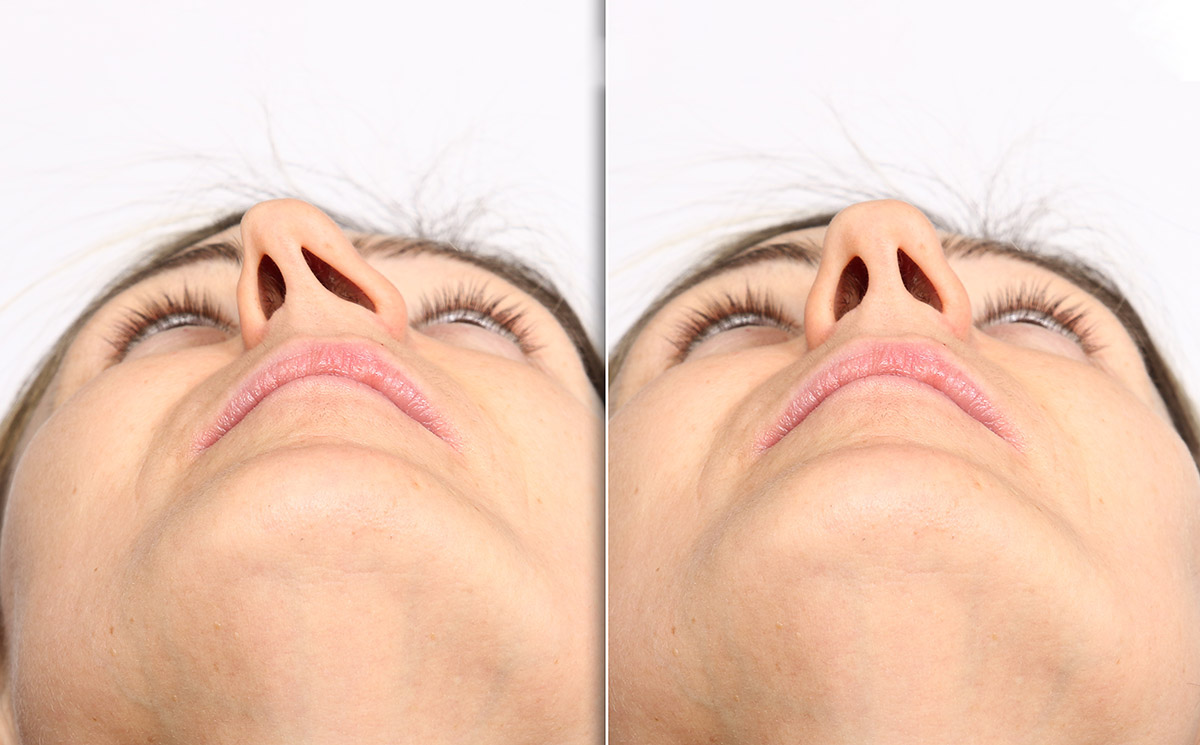London is renowned for its dynamic night life and wide range of home entertainment options. London is renowned for its broad selection of appealing escorts who can improve your evening or make a special celebration a lot more memorable. These escorts are not only physically spectacular however also have captivating personalities,making them the supreme buddies.
One classification of escorts that is particularly preferable is the slim and busty escorts. These escorts are renowned for their captivating curves and well-toned bodies,which radiate self-confidence and charm. Those who value both elegance and sensuality search for them according to disneywire.com.
According to a survey performed in 2022,68% of the 3000 respondents revealed the belief that London escorts have incredibly attractive physical looks. This understanding is credited to their commitment to ongoing maintenance and their professional obligations.
According to a research study released in BMJ Journals in 2023,social standards regarding beauty frequently prefer people with well-maintained and toned bodies. This preference for physical fitness is especially popular within the London escort industry according to Heathrow escorts.
According to a report published in Psychology Today in 2022,viewed appeal is typically linked to characteristics such as proportion,balance,and a clear complexion. These particular features are often highlighted in the presentation of London escorts.
Presenting the Elegant and Attractive Escort with a Slim and Busty Figure
Picture encountering an escort who easily embodies grace,beauty,and sensuality concurrently. The escort’s slim and busty physique is captivating,as her slim figure perfectly matches her generous properties. Prepare to be enthralled by her tempting beauty. She possesses the capability to exhibit poise and beauty in any social setting,rendering her an ideal companion for both official occasions and intimate nights.
However,it is not solely focused on one’s physical appearance. These escorts have a lot more to provide than what at first satisfies the eye. From the moment you meet them,they have interesting personalities that instantly make you feel at ease. Their warm and friendly nature makes it easy to connect with them,developing an instant relationship that improves every element of your time together.
Whether you desire a captivating companion for a high-profile occasion or a private encounter filled with enthusiasm and intimacy,our slim and busty escorts are adept at satisfying your deepest desires. With her winning combination of appearances,beauty,and intelligence,she ensures a memorable experience that exceeds all expectations.
Envision going to an attractive gala,where all eyes are on you as you make your entrance accompanied by a stunning and elegant escort. She exhibits self-confidence as she easily talks with other guests,leaving everybody impressed by her wit and charm.
The slim and busty escorts in London are highly preferable due to their remarkable combination of physical attractiveness and captivating personalities. They have actually perfected the ability of crafting extraordinary experiences,leaving their customers yearning for additional encounters.
